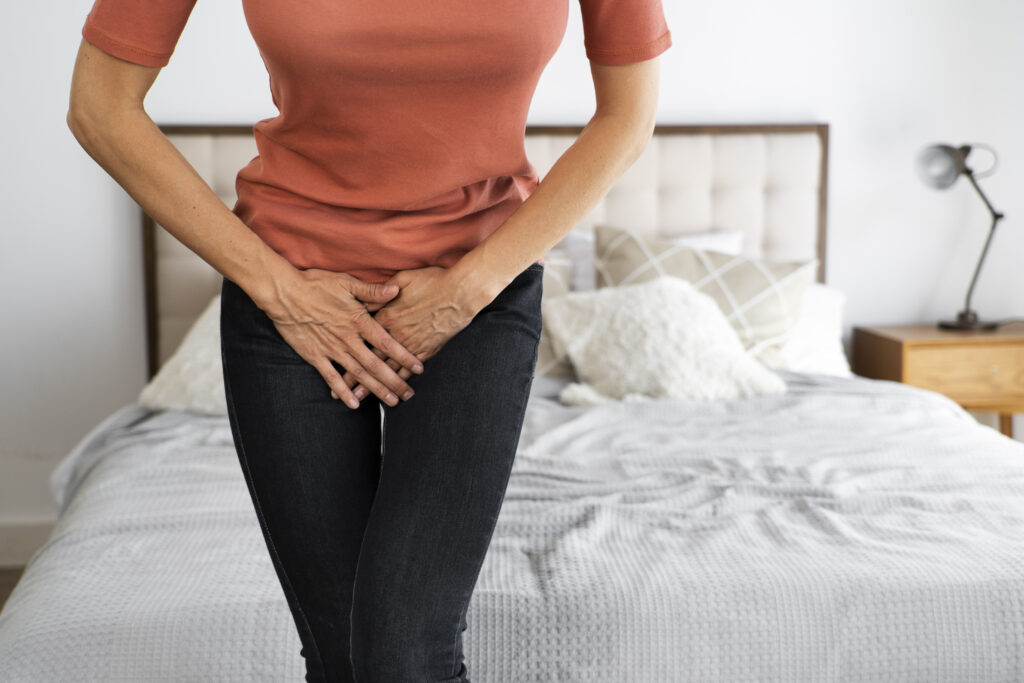Women’s Urinary Incontinence: Important Information
The unintentional loss of pee is known as urinary incontinence.
Urinary incontinence affects around 25 million adult Americans, either temporarily or permanently.
Although this illness can strike anyone at any age, women over 50 are more likely to experience it.
Urgency, stress, functional, and overflow incontinence are the four categories of urine incontinence.
Among the methods for treating urine incontinence are behavioural therapies, drugs, nerve stimulation, and surgery.
What is incontinence to the urine?
The unintentional loss of urine is known as urinary incontinence (UI). Over 25 million adult Americans suffer with either transient or chronic urine incontinence, according to the National Association for Continence. Although UI can happen to anyone at any age, it is more common in women over 50. One underlying medical problem may cause urinary incontinence, which is a transient disease. It can be as uncomfortable as little urine leaks or as severe as frequent wetting.
Why does incontinence in the urine occur?
While it is not a guaranteed consequence of ageing, urinary incontinence is more prevalent among the elderly. It is frequently brought on by particular alterations in how the body functions, which can be brought on by illnesses, drugs, or the start of a disease. It can occasionally be the sole sign of a urinary tract infection. Urinary incontinence is most common in women during pregnancy, following childbirth, and following the hormonal shifts associated with menopause.
Which are some of the several forms of incontinence in the urine?
Some of the various forms of urine incontinence include the following:
The incapacity to contain pee long enough to make it to the bathroom is known as urgency incontinence. It may be accompanied by frequent urination needs and an intense, unexpected urge to go to the bathroom. It can be a distinct ailment, but it might also be a sign of another illness or condition that needs to be checked out.
Urine leakage that occurs during physical activity, coughing, sneezing, laughing, carrying heavy things, or other bodily motions that put strain on the bladder is known as stress incontinence.
Urine leakage caused by inability to use the restroom on time owing to physical ailments like arthritis, injuries, or other limitations is known as functional incontinence.
overflowing urine. When the amount of pee generated is more than the bladder can hold, leakage happens.
What signs of incontinence are present in the urine?
The following are typical signs of incontinence in the bladder. Each person may, however, experience symptoms in a unique way. Among the symptoms could be:
having to use the restroom quickly and/or peeing a lot if you arrive too late
urine leaking with activity or movement
urine leakage that makes tasks impossible
urine leaking during sneezing, laughing, or coughing
Urine leakage that started or persisted following surgery
urine leakage that is embarrassing
continuous dampness without any sense of a pee leak
sensation of insufficient bladder emptying
Urinary incontinence symptoms can mimic those of other illnesses or ailments. For a diagnosis, always see your physician.

How is incontinence in the urine diagnosed?
It’s crucial for those experiencing urine incontinence to speak with a healthcare professional. Patients are thus frequently referred to urologists or urogynecologists, medical professionals who specialise in disorders of the urinary tract. A thorough physical examination that concentrates on the reproductive organs, urinary and neurological systems, and urine samples is used to diagnose urinary incontinence.
How is incontinence in the urine treated?
Your doctor will choose a urinary incontinence treatment plan based on the following factors:
Your medical history, age, and general health
The kind of incontinence and the severity of the illness
Your ability to tolerate particular drugs, treatments, or procedures
Predictions on the progression of the illness
Your choice or opinion
Possible course of treatment:
Behavioural Interventions:
Bladder training: Teaches individuals to progressively increase the time between voiding intervals while resisting the need to urinate.
Toileting assistance: Empties bladder on a regular basis to prevent leaks by using prompted voiding, habit training regimens, and routine or planned toileting.
Dietary changes: Steer clear of items that irritate the bladder, such as citrous fruits, alcohol, and caffeine.
Rehabilitation of the pelvic muscles (to enhance tone and stop leakage):
Kegel exercises: Kegel exercises are a daily, routine way to strengthen the pelvic muscles and maybe avoid incontinence.
Biofeedback: When combined with Kegel exercises, biofeedback aids in the development of pelvic muscle awareness and control.
Tiny weights are retained inside the vagina by contracting the muscles that surround it during vaginal weight training.
Pelvic floor electrical stimulation: Muscle contractions are induced by gentle electrical pulses.
Prescription drugs:
Anticholinergic drugs
oestrogen in the vagina
Pessary: a little rubber patch worn inside the vagina to stop leaks
Office protocol
bladder Botox injections
agents for urethral bulking
Stimulation of peripheral nerves
Operation
Slings (which can be fashioned from your own tissue or synthetic mesh)
suspension of the bladder
Stimulation of peripheral nerves
If you have any questions about treating and managing urine incontinence, speak with your doctor.


